Today's best-in-class e-comm experience aren't just commercial tools; they're an opportunity to build a brand, tell a story and create a deeper connection. We asked our network what brands need to know, in a time when speed and convenience is no longer the big differentiator.
E-commerce sites are a bit like typefaces, in that both occupy the space between utility and creativity. Both are, usually, must-haves for brands operating today, and both have to tread a fine line between fascinating people and facilitating their experience.
For many businesses, the stakes are high. E-comm sites are commercial engines as well as brand tools; they could be the first place a customer sees your product, or their first port of call after catching an ad campaign or social media post.
Asking them to make a few too many clicks, or wait too long or engage with bland product copy could be the difference between someone buying from you again or forsaking you for a competitor.
Then again, if a brand gets too creative, users might not understand how it works or what’s being communicated. It’s a significant challenge – and one that we know a lot of agencies are keen to wrestle with.

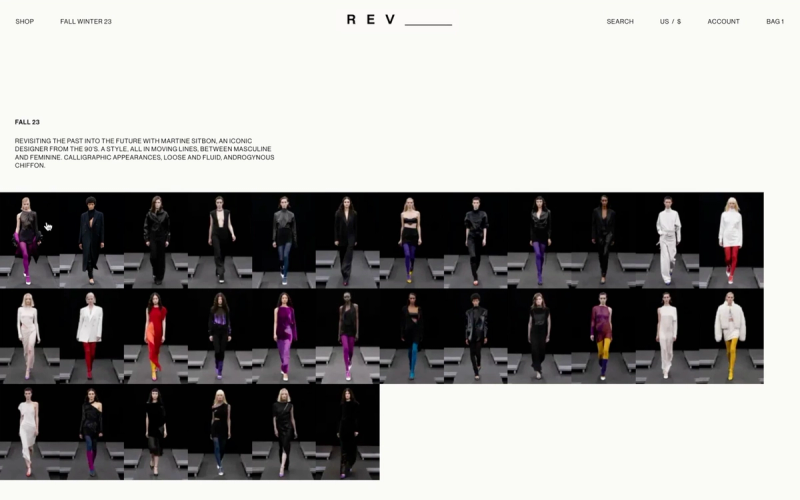
HOW DID WE GET HERE?
The last decade has been the digital equivalent of a slip ’n slide. Major tech companies have optimised time and again for speed and convenience, and the rise of templated online stores means people are very comfortable with particular design patterns.
For the most part, users want things quickly and easily, and they don't want to have to mouse around too much to buy them. In this kind of environment, e-comm has become, in many cases, simply a means to an end. It’s a tool that puts products into people’s hot little palms as speedily and seamlessly as possible.
But there’s another horse in this race. While users might be hooked on ultra-fast convenience, they’ve also seen many of the big, heritage e-commerce platforms become, as writer Cory Doctorow puts it, ‘enshittified’. Shopping might be fast, but the digital experience is often low quality, products are of dubious provenance, and those same brands don’t seem to stand for what they once did.
The good news is that it’s pushing many people back to the source: rather than buying from a third party supplier, they’re purchasing directly from brands. It’s a major pivot point and opportunity.
"It’s become more of a hub of experience than a single site. Users expect a comprehensive experience and expanded storytelling."
Michal Klim, co-founder, Commerce UI
“E-commerce is, more often than not, a main or single interaction point with a brand,” says Michal Klim, co-founder at Commerce UI, which has developed online stores for Lady Gaga, Pangaia and Oura Ring, among others. “It’s become more of a hub of experience than a single site. Users expect a comprehensive experience and expanded storytelling.”
IT’S EMOTIONAL
That doesn’t mean slick, efficient experiences are out the window, but more and more, convenience has to be paired with something that goes beyond salesmanship or ease of use. After all, if every single brand’s site is supremely convenient, what’s the deciding factor?
“It’s a verbal and visual representation of the brand that I can connect to in three seconds – and, statistically speaking, you have three seconds max to connect with the customer,” says Anshey Bhatia, founder at Verbal+Visual, a studio that’s partnered with Carhartt WIP, Halfdays and Patrick Ta.
“Not only does it need that emotional resonance, it needs to load quickly, and it needs to load in a sequence that puts me at ease and builds trust. It can’t be jarring, or it risks losing me as a customer… forever.
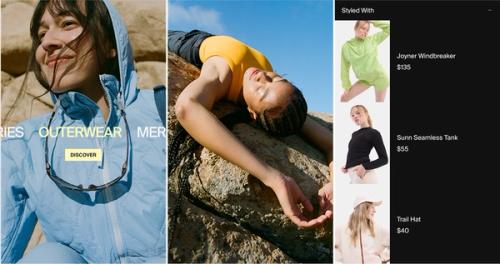
“We try to remind brands that the online store experience needs the same amount of energy they put into a physical store experience - and maybe even more, because of the lack of human interaction online,” he continues.
“If you don’t have emotional resonance with your customers, you’ll eventually falter. I always go back to the idea that if you want to run a successful business long-term, you need to talk to your customers, you need to understand their pain points, and you need to speak to those pain points in order to build and continuously deepen those connections and drive lifetime value for customers.”
LITTLE DELIGHT MOMENTS
Creating that innate connection with users means being prepared to take tiny, calculated creative risks. And plenty of brands are doing exactly that.
“We’re now at the point where you have a mature e-commerce market, and in our particular niche – where we’re doing quite bespoke, brand-led experiences, not cookie-cutter e-commerce – there’s that intangibility of the little delight moments you can create,” says Rotate’s Chris Harris, who’s led e-commerce projects for companies including Wild, Rapha and Absolute Collagen.
"There’s that intangibility of the little delight moments you can create."
Chris Harris, CXO, Rotate
“Those brand interactions are hard to measure, but we know they’re important. They can manifest themselves in small interactions – maybe the animation for adding to cart, or how a brand uses copy, or introduces tone of voice, or emails people to say thanks for a purchase.
“There’s lots of things you can do to introduce more playfulness that will stick in a consumer’s mind, and create a moment that isn’t just a transaction,” he continues. “In fact, on a current project we are working on introducing a game into a site-wide footer for a client, which further adds their brand personality to the experience.”
“It’s very small, branded interactions,” agrees Commerce UI’s Klim. “Maybe it’s bits of motion design or tiny tweaks to the journey that jolt people out of it, just enough so they understand where they’re shopping, not so much that they don’t know what’s happening.”
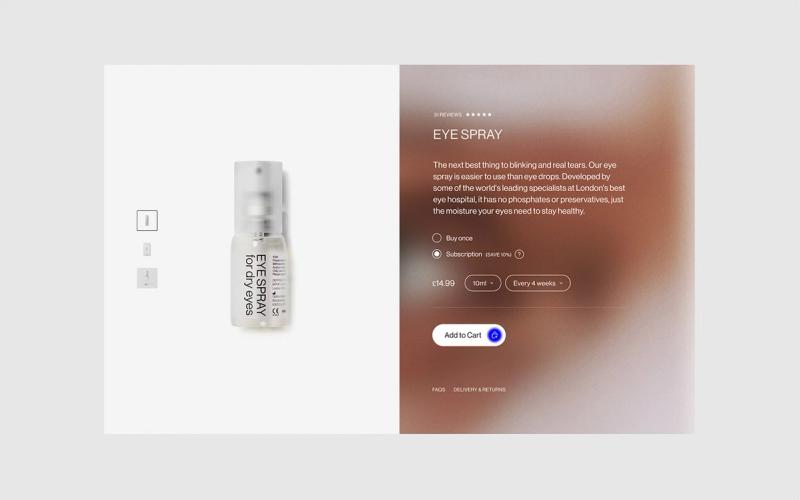
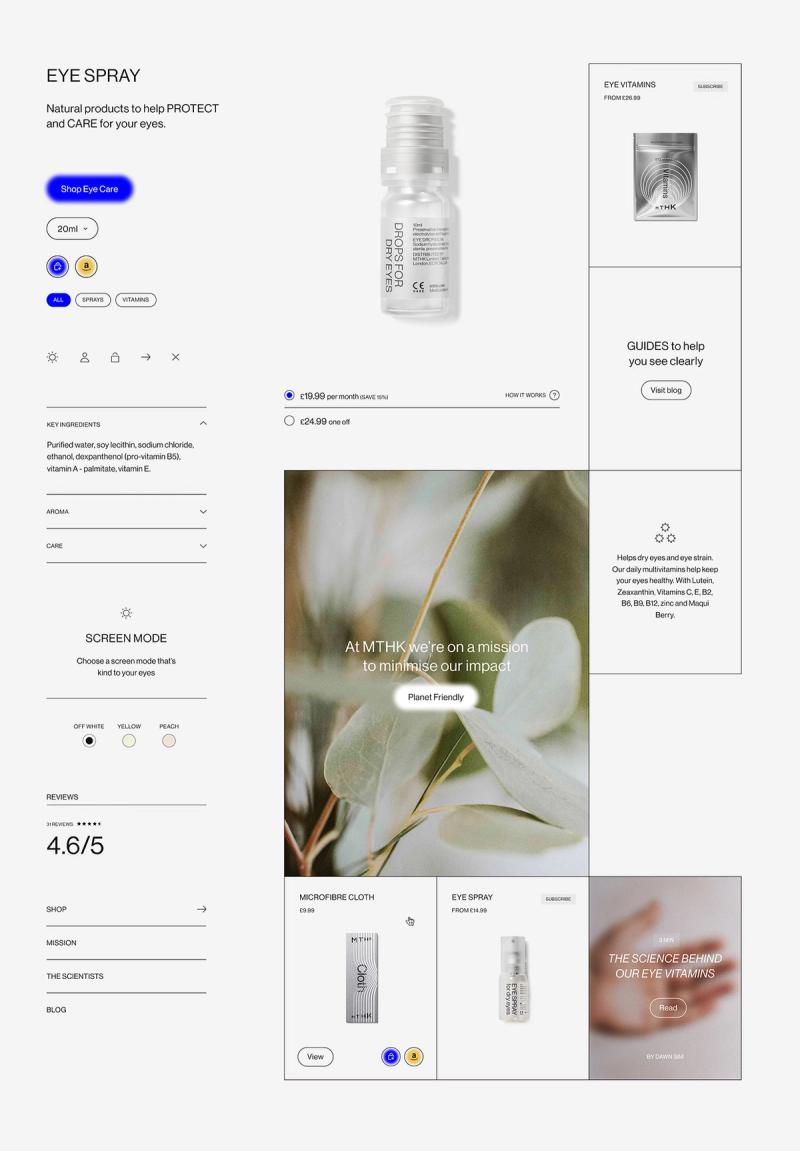
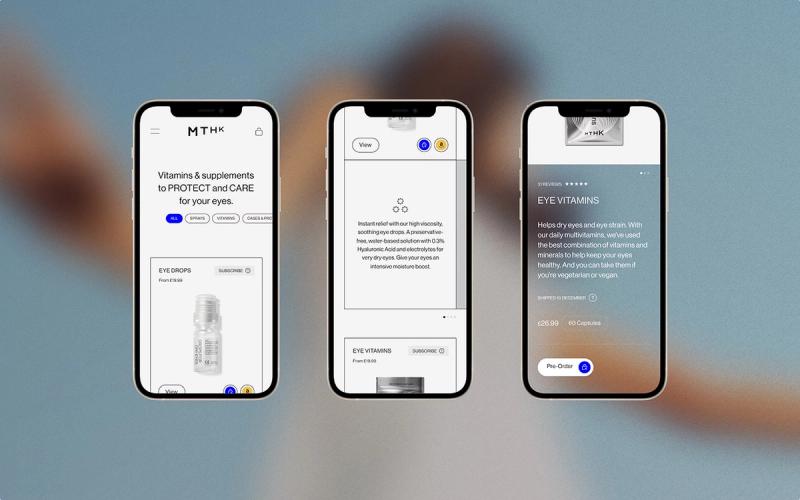
FRICTION? IT’S COMPLICATED
At this point, you might be thinking: but isn’t friction the enemy? Isn’t design meant to remove those spiky moments, and create an experience that’s supremely sleek, minimal, and unobtrusive? Don’t we love the internet because of the way it’s sped up connections, commerce, experience, and just about everything else?
Well, yes. And, as Bhatia has already emphasised, load time is still the number one reason someone leaves a site. However, speaking to agencies turned up anecdotes that told a more nuanced story – one of brands succeeding by introducing elements that purposefully, and artfully, slow people down, or encourage them to add a different filter, or browse in a different way, or pause a bit longer on the copy.
Verbal+Visual’s Bhatia calls this extra veneer of friction “the 3% rule”, and encourages brands to ask themselves how they can experiment, just a little bit.
“What we find interesting is pushing convention, and being able to tell stories,” says Rotate’s Harris. “We tend to work in the premium lifestyle, luxury part of the market, and there’s a level of expectation that you need to provide more of an experience, and more information, and more storytelling to convince customers to make that purchase online.”
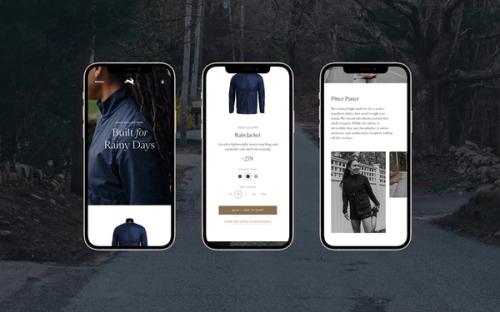
DOING IT WELL
Evolving your e-comm experience can be a challenge. Often, a brand might know something isn’t working, but can’t clearly identify what. In that instance, most agencies are happy to lead a structured discovery process that can guide a brand to possible answers – helping them identity lacklustre features, or poor communication, or a tech stack that needs updating. This could be a multi-months-long process of change, or it might be a matter of a few tweaks.
“The first thing I’d suggest is not to be too prescriptive,” says Harris. “If you’re planning to get expert help, use them as the experts – they can come in and really shape what paths there are to solving those problems. I’m not a massive fan of RFPs; instead, leverage experts to help you shape what the brief ultimately looks like.
“The second point is understanding what you can afford. Agencies are usually pretty good at coming up with solutions at many price points. And finally, have a clear sense of what’s working and what isn’t – maybe from multiple stakeholders, because there’s lots of people that touch e-comm.”
Other recommendations from our agencies include breaking projects down into manageable chunks that mean progress can be measured more clearly, and getting technical and infrastructural issues sorted upfront, before moving into the more creative questions.
"The answer is always to double-down on your customers. How do you make them feel like ambassadors? Talk to them, make them brand evangelists."
Anshey Bhatia, founder, Verbal+Visual
Building this technical foundation is critical, and it means there’s a solid support in place for when a brand really starts to scale.
double down on your customers
There’s no doubt that there’s a lot of room for storytelling to filter back into the world of online shopping. That, combined with the potential for AI to personalise and change how we shop, means brands find that same storytelling becomes more critical than ever.
But we’ll finish on a piece of advice, from Verbal+Visual’s Bhatia, that’s less about chasing the new, and more about returning to the core tenets of brand-building.
“The answer is always to double-down on your customers,” he says. “Talk to them more effectively. That’s not to say you should turn off customer acquisition, but it’s looking at the whole, big customer base and asking how you make them feel loved. How do you make them feel like ambassadors? Talk to them, make them brand evangelists.”
We’ve introduced brands including WeTransfer, TaskRabbit and Oregon Symphony to digital agencies. If you’re thinking about redesigning your e-comm experience, and don’t know who to ask, let us help.
Image from top: Carhartt WIP e-comm site by Verbal + Visual; Rev e-comm site by Commerce UI; Halfdays e-comm site by Verbal + Visual; MTHK e-comm site by Rotate; Tracksmith e-comm site by Rotate



